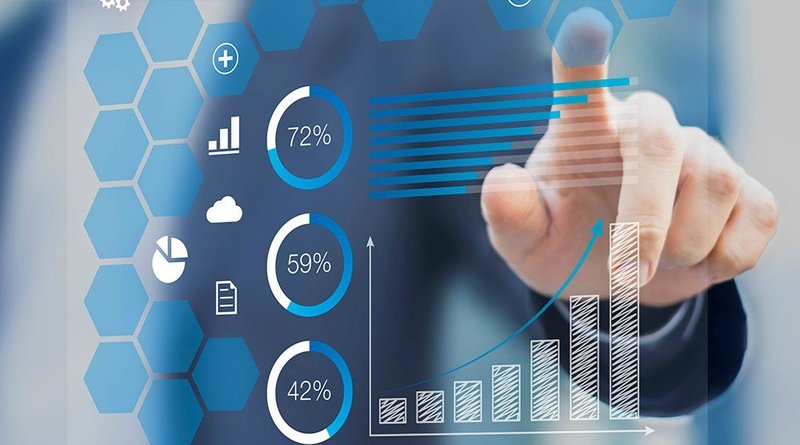The History of Artificial Intelligence
The foundations of AI
Robotic Process Automation (RPA) and Artificial Intelligence (AI) have undergone a remarkable evolution since their inception in the 1940s. In its first steps, Robotic Process Automation (RPA) and Artificial Intelligence (AI) explored the mathematical basis of artificial neural networks in the 1940s, laying the groundwork for future developments. However, it was in the 1950s that AI took a big leap forward with the introduction of the iconic "Turing Test" by Alan Turing. This test raised the fundamental question of whether a machine could exhibit intelligence indistinguishable from human intelligence.
The development of AI
The official birth of AI took place in 1956 with the Dartmouth Conference, considered the official starting point of systematic research in this field. During this decade, the LISP programming language was developed, which became a standard for AI research, and the first chess and symbolic logic programs were created, representing the first attempts at AI.
The 1980s witnessed a resurgence of AI, thanks to the development of fuzzy logic, a technology that allowed for handling imprecise information and expanded the possibilities of AI in data processing. However, this decade also faced technical and financial challenges that led to what is known as the "AI crisis," a period of skepticism and disinterest in AI research.
In the 1990s, AI experienced a renaissance with IBM Deep Blue's historic victory over world chess champion Garry Kasparov in 1997, demonstrating the potential of AI in strategic games. In parallel, the development of recommendation systems, chatbot and natural language processing (NLP) applications were developed, extending the reach of AI to practical real-world applications.
The 2000s marked the rise of RPA, a key technology for automating repetitive tasks in enterprises. AI was integrated with RPA technology, enabling decisions based on data and context, thus boosting the efficiency and accuracy of business processes. This integration marked a milestone in automation and decision making in the business environment.
What is the current potential of AI?
Today, AI continues to advance with deep learning, natural language processing (NLP), and computer vision, enabling it to tackle even more complex tasks. RPA and AI are integrated to automate more complex and efficient processes in companies across a variety of industries, which has transformed the way organizations manage processes and make decisions in the digital age. This evolution continues, and it is expected that RPA and AI are expected to continue to play a key role in automating processes and decision making in the business world. As we move into the 21st century, these technologies continue to transform our world and define the future of automation and intelligence in the business environment.





